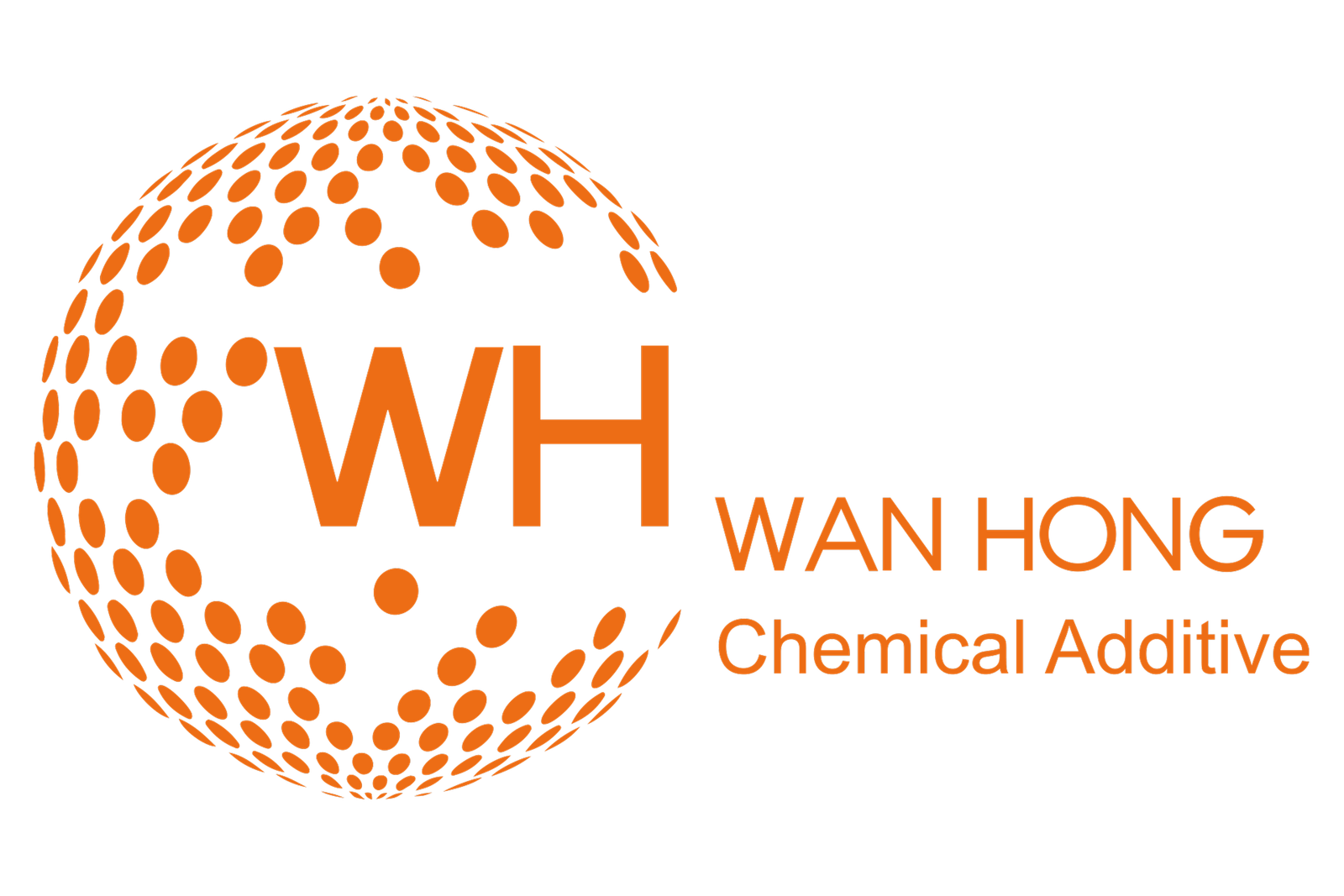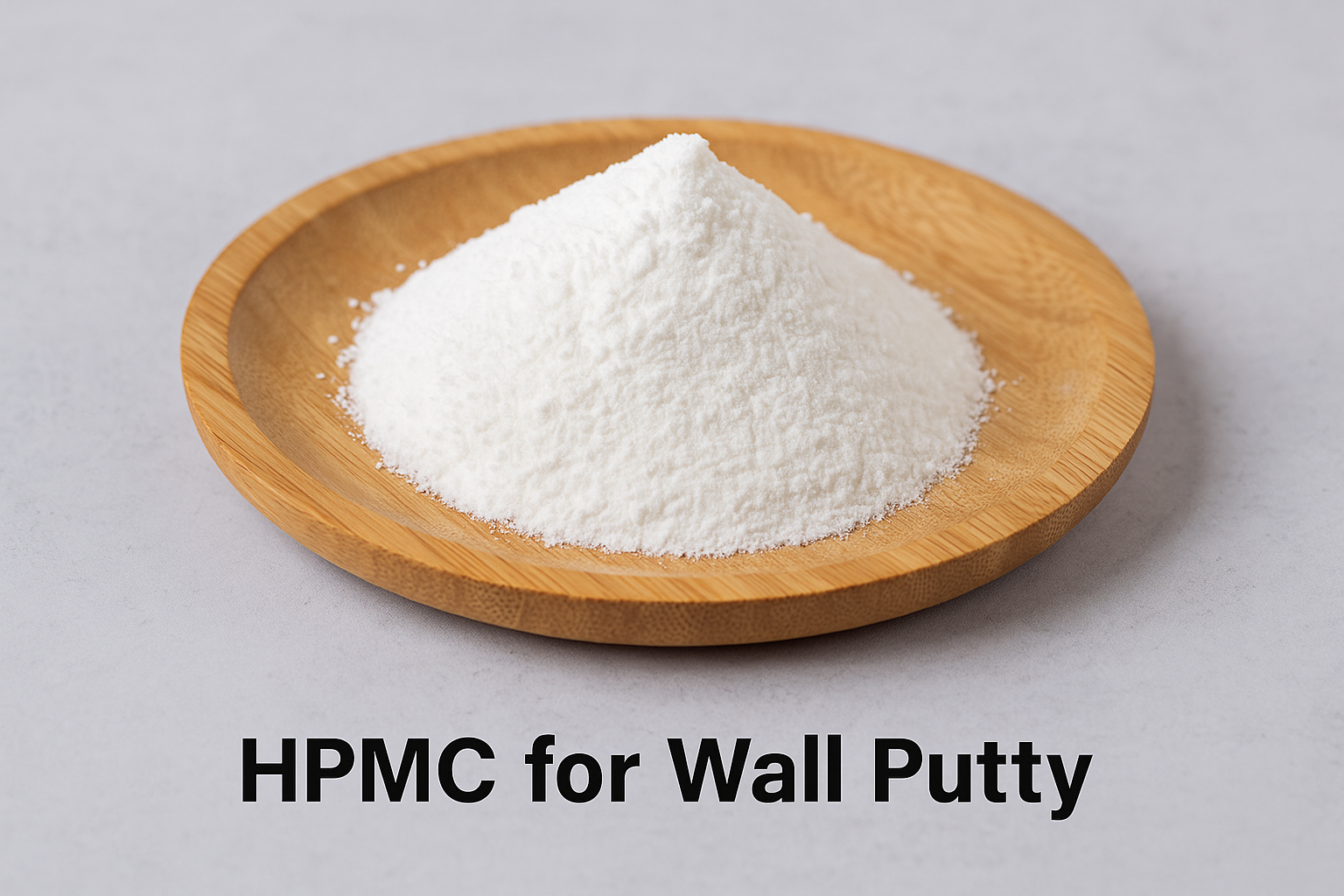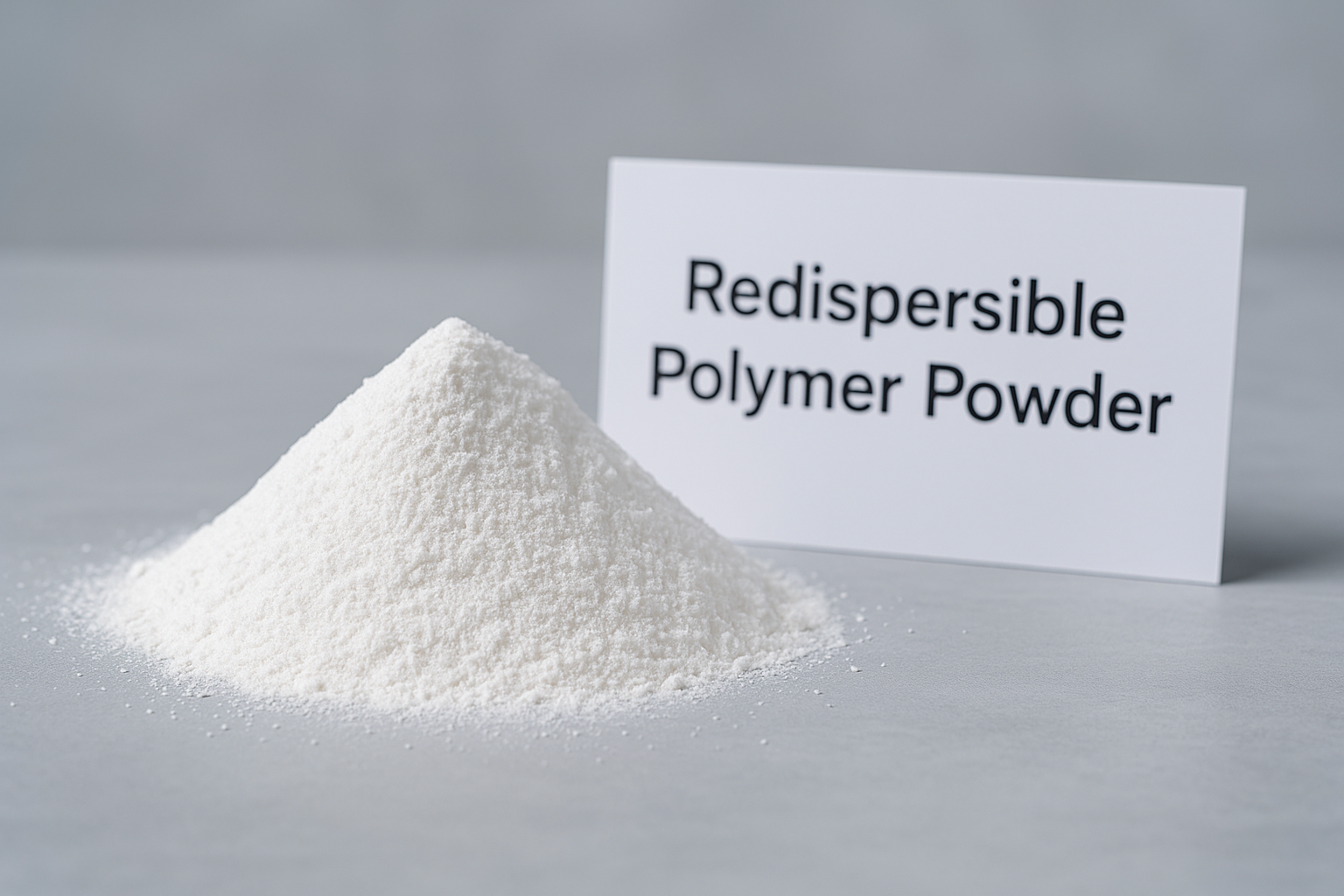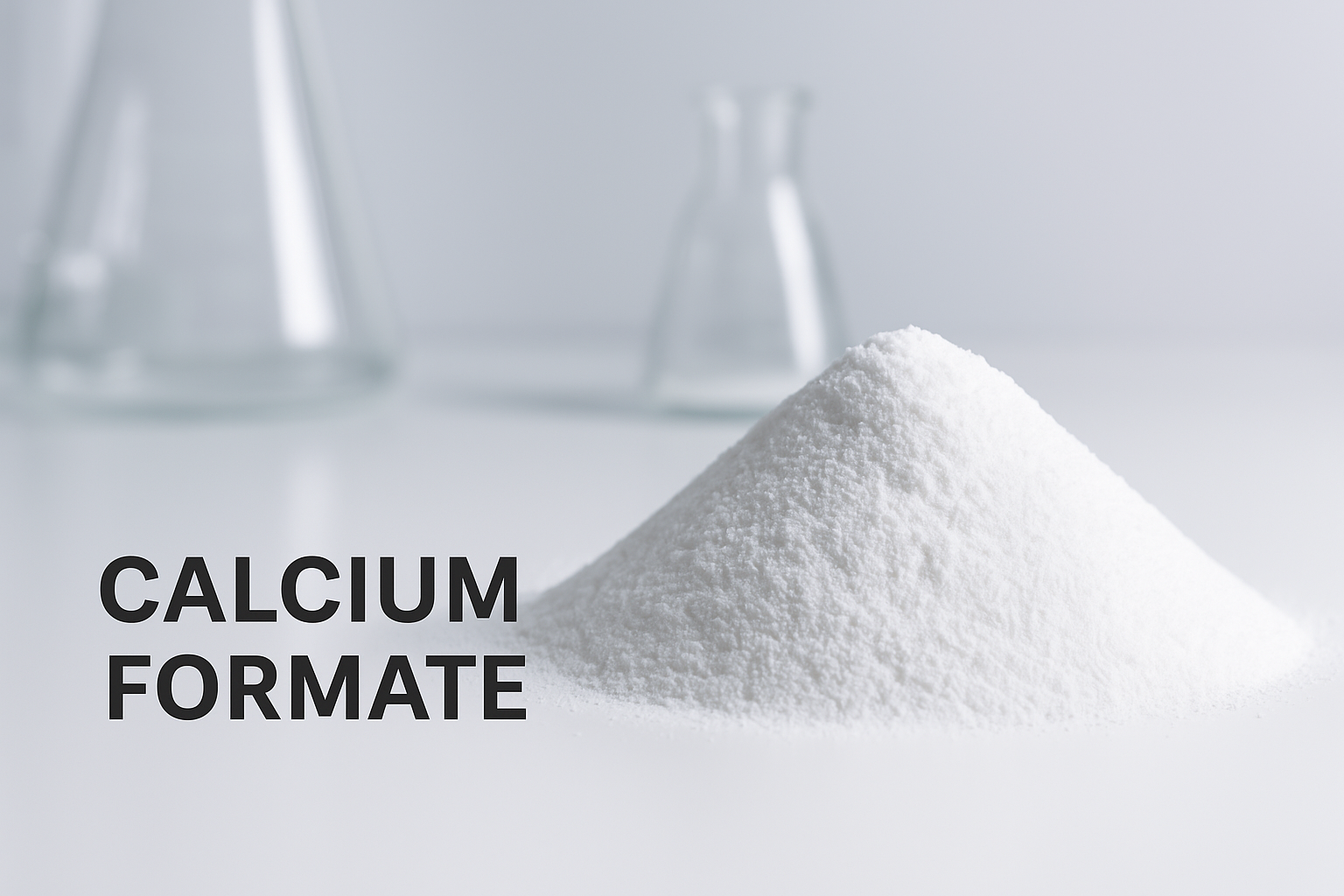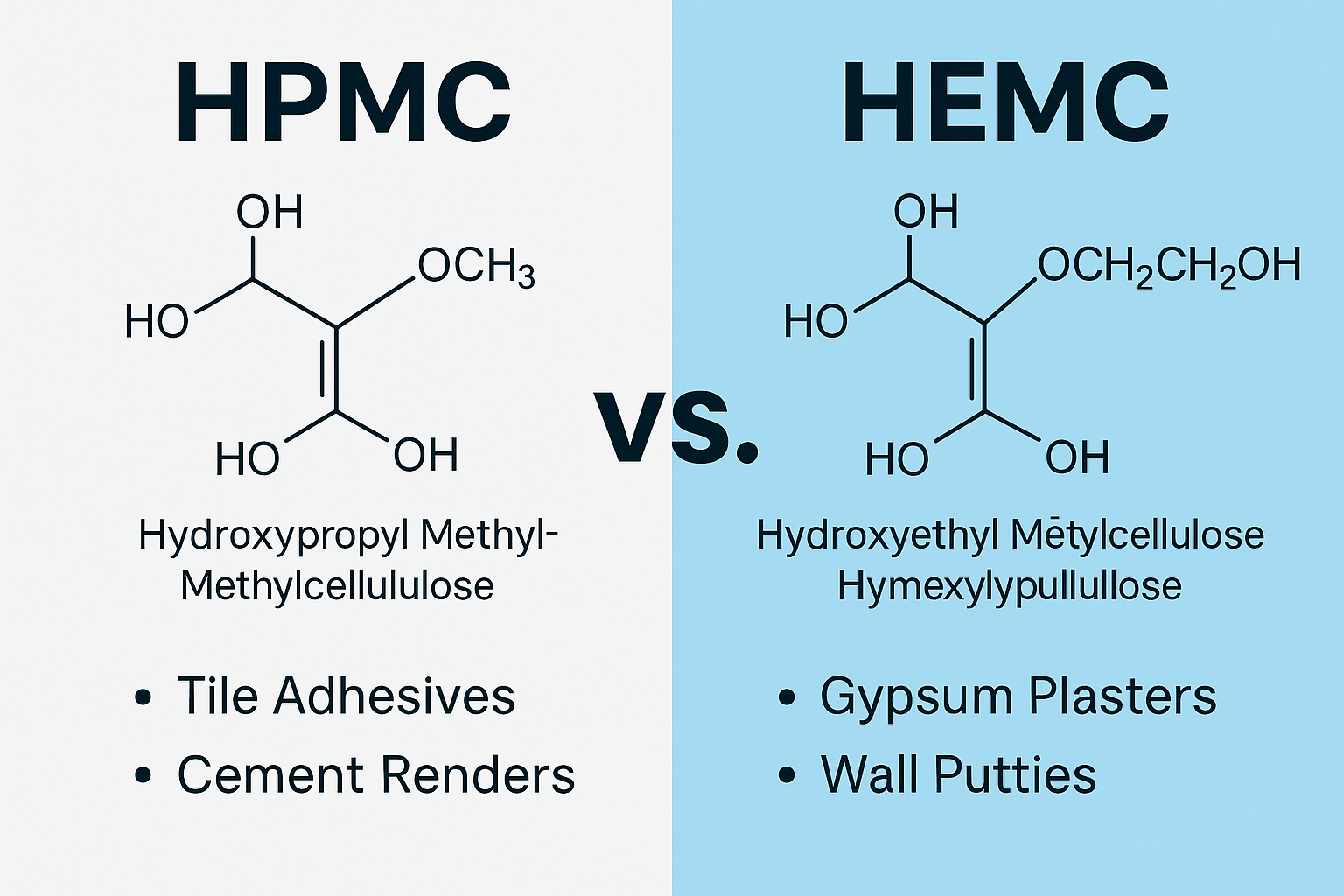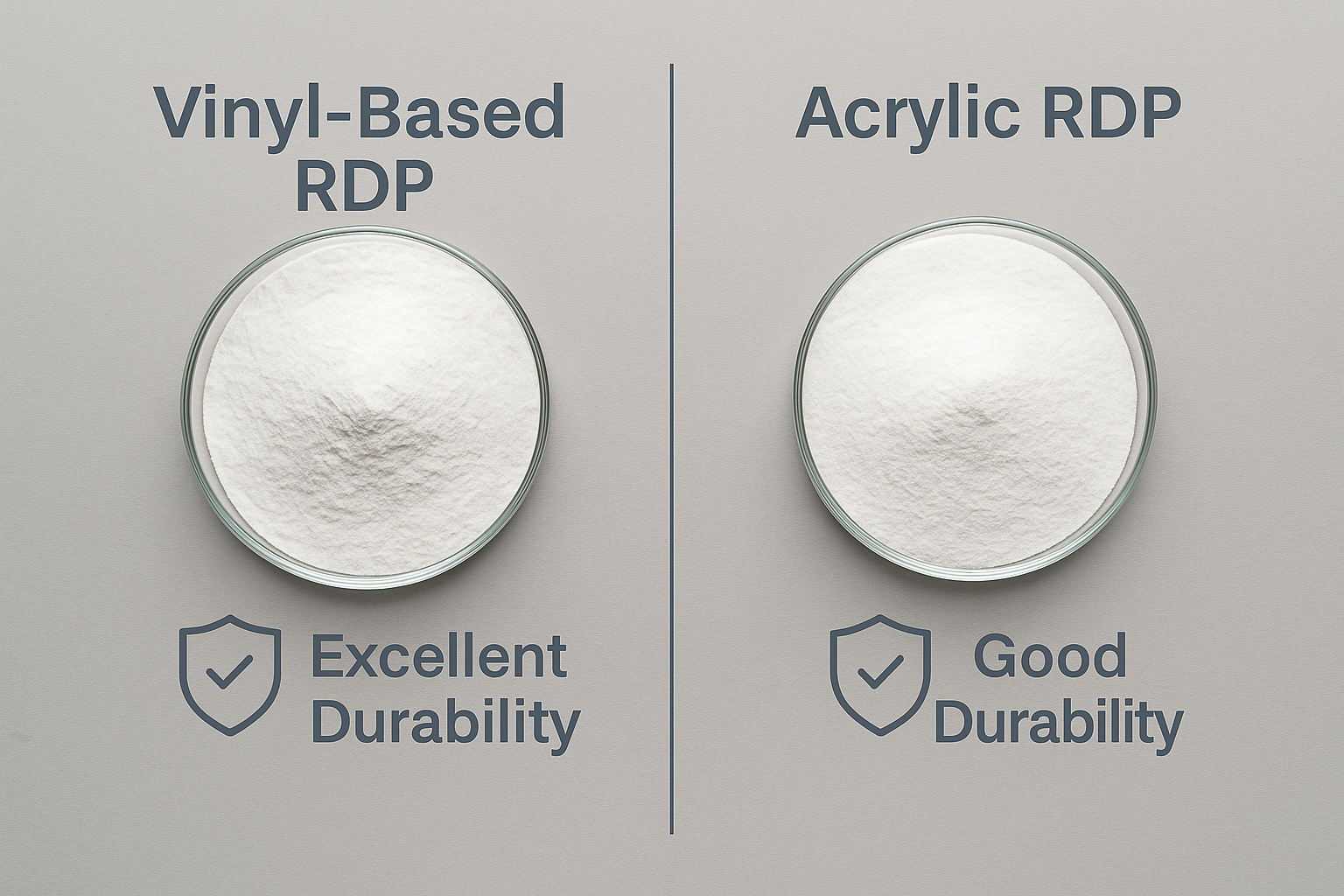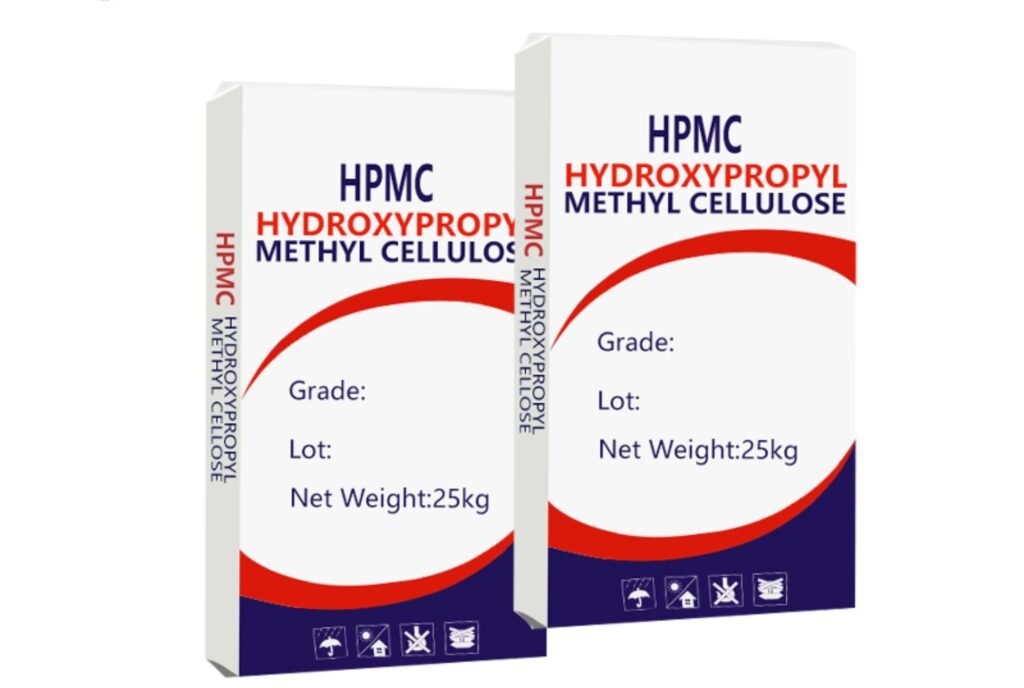Are you struggling to choose the right HPMC grade for your project? The wrong selection can lead to product failure, wasted resources, and costly delays in your production schedule.
HPMC (Hydroxypropyl Methylcellulose) grades are classified based on viscosity, substitution level, and particle size, with each grade designed for specific applications. The perfect HPMC fit depends on your exact application requirements, desired performance characteristics, and processing conditions.
Finding the right HPMC grade doesn't have to be complicated. As someone who's been manufacturing HPMC for over 15 years at Wanhong, I've guided countless clients through this selection process. Let me walk you through everything you need to know about HPMC grades to make your decision easier and more confident.
What is HPMC and Why is it So Versatile?
Are you confused about what actually makes HPMC different from other cellulose derivatives? The complex chemical structure and properties can be overwhelming when you're trying to make the right choice for your formulation.
HPMC (Hydroxypropyl Methylcellulose)1 is a semi-synthetic, non-ionic cellulose ether made by modifying cellulose with methyl and hydroxypropyl groups. This unique structure gives HPMC its water solubility, thermal gelation properties, and excellent film-forming capabilities.
HPMC stands apart from other cellulose ethers due to its balanced hydrophilic and hydrophobic properties. The methyl groups provide hydrophobicity while the hydroxypropyl groups contribute hydrophilicity, creating a versatile polymer that works in numerous applications.
At our WanHong production facilities, we control this balance through precise manufacturing processes. The ratio of methoxy (-OCH₃) to hydroxypropoxy (-OCH₂CH(OH)CH₃) groups determines many of the material's key properties.
HPMC's unique characteristics include:
| Property | Benefit | Application Example |
|---|---|---|
| Thermal gelation | Forms gel when heated, dissolves when cooled | Controlled release drug delivery |
| Surface activity | Excellent film-forming ability | Tile adhesives, renders |
| Viscosity control | Thickening and water retention | Construction mortars |
| Binding capacity | Cohesion improvement | Pharmaceutical tablets |
I remember when one of our clients in Saudi Arabia was struggling with inconsistent mortar setting times in their desert climate. After analyzing their needs, we recommended an HPMC grade with specific hydroxypropyl content that provided stable water retention across temperature variations. This simple grade adjustment solved their quality control problems completely.
HPMC Grades Classification: How Do They Differ?
Are you overwhelmed by the various HPMC specifications2 and codes in supplier catalogs? Making sense of these technical designations can feel like deciphering a foreign language when you just need to solve your formulation problems.
HPMC grades3 are primarily classified by viscosity (ranging from 5 to 200,000 mPa·s), methoxy content (16.5-30%), hydroxypropoxy content (4-32%), and particle size. Industry naming systems typically use codes like K (USP designation) or E (European) followed by numbers indicating viscosity.

The classification system for HPMC might seem complex at first, but understanding the logic behind it makes selection much easier. At Kehao, we organize our HPMC products4 into several main categories based on their performance characteristics.
Viscosity is perhaps the most critical specification and ranges from ultra-low (5-15 mPa·s) to extremely high (100,000+ mPa·s). This property directly affects the workability, water retention, and setting time in applications. For instance, in our production facility, we manufacture specialized HPMC grades with 40,000 mPa·s viscosity that are particularly popular among our customers producing high-quality tile adhesives.
The substitution levels create another important distinction:
| Substitution Type | Methoxy Content | Hydroxypropoxy Content | Typical Applications |
|---|---|---|---|
| Low substitution | 16.5-20% | 4-12% | General construction products |
| Medium substitution | 21-24% | 4-12% | Pharmaceutical, food applications |
| High substitution | 25-30% | 7-12% | Specialized coatings, personal care |
| Extra high substitution | 28-30% | 17-32% | Advanced drug delivery systems |
Particle size affects dissolution rate, with finer mesh sizes (80-100 mesh) dissolving rapidly, making them suitable for dry-mix formulations. Coarser grades (40-60 mesh) offer delayed dissolution, which can be beneficial in systems requiring controlled hydration.
Our specialized production lines at WanHong can customize these parameters to match specific application requirements. For example, we developed a specialized 200,000 mPa·s HPMC grade with optimized particle size distribution specifically for a client manufacturing 3D printing materials, where precise rheological control was essential.
Selection of HPMC Grades: Finding Your Perfect Match
Are you wasting time and money on trial and error with different HPMC grades? Without a systematic approach to selection, you might be compromising product performance or paying for unnecessary features.
The ideal HPMC grade selection depends on your specific application requirements. Construction applications generally need higher viscosity (15,000-100,000 mPa·s) for water retention, while pharmaceuticals may require precisely controlled substitution levels for drug release profiles.

Selecting the right HPMC grade is a crucial decision that directly impacts your product's performance. After years of working with clients across diverse industries, I've developed a practical framework to simplify this process.
First, identify your primary performance requirements. Are you looking for extended workability time in mortars? Superior binding in tablets? Specific film-forming properties in coatings? This fundamental question narrows down your options significantly.
For construction applications, which make up about 70% of our production at WanHong, the choice typically follows these patterns:
| Application | Recommended Viscosity | Substitution Type | Additional Considerations |
|---|---|---|---|
| Tile Adhesives | 40,000-100,000 mPa·s | Medium | Requires excellent water retention |
| Self-leveling Compounds | 15,000-30,000 mPa·s | Low | Needs good flow properties |
| Renders & Plasters | 25,000-50,000 mPa·s | Medium | Temperature stability crucial |
| Joint Fillers | 15,000-25,000 mPa·s | Low-Medium | Good sag resistance needed |
For pharmaceutical applications, the selection criteria shift dramatically toward substitution level precision. Our pharmaceutical-grade HPMC production line maintains strict quality control to ensure batch-to-batch consistency, with viscosity ranges carefully calibrated for different drug delivery mechanisms.
Environmental conditions also play a significant role in selection. I recall working with a client in the UAE who initially selected a standard HPMC grade for their exterior renders.
After experiencing workability issues in extreme heat, we recommended switching to our specially formulated high-temperature resistant grade with modified hydroxypropyl content, which solved their application problems completely.
Budget considerations shouldn't be overlooked either. Sometimes a blend of different HPMC grades can achieve the desired performance at lower cost. Our technical team regularly works with customers to develop such cost-effective solutions without compromising quality.
Summary
Finding the perfect HPMC grade depends on understanding classification systems, your specific application requirements, and environmental factors. At WanHong, we'll help you select the ideal grade from our six production lines to ensure optimal performance for your specific needs.
-
Explore this link to understand the unique properties of HPMC and how it differs from other cellulose derivatives, enhancing your formulation choices. ↩
-
Understanding HPMC specifications can help you choose the right grade for your formulation needs, ensuring optimal results. ↩
-
Exploring HPMC grades will provide insights into their properties, aiding in selecting the best option for your project. ↩
-
Explore this link to understand the various HPMC products and their applications, enhancing your selection process. ↩
